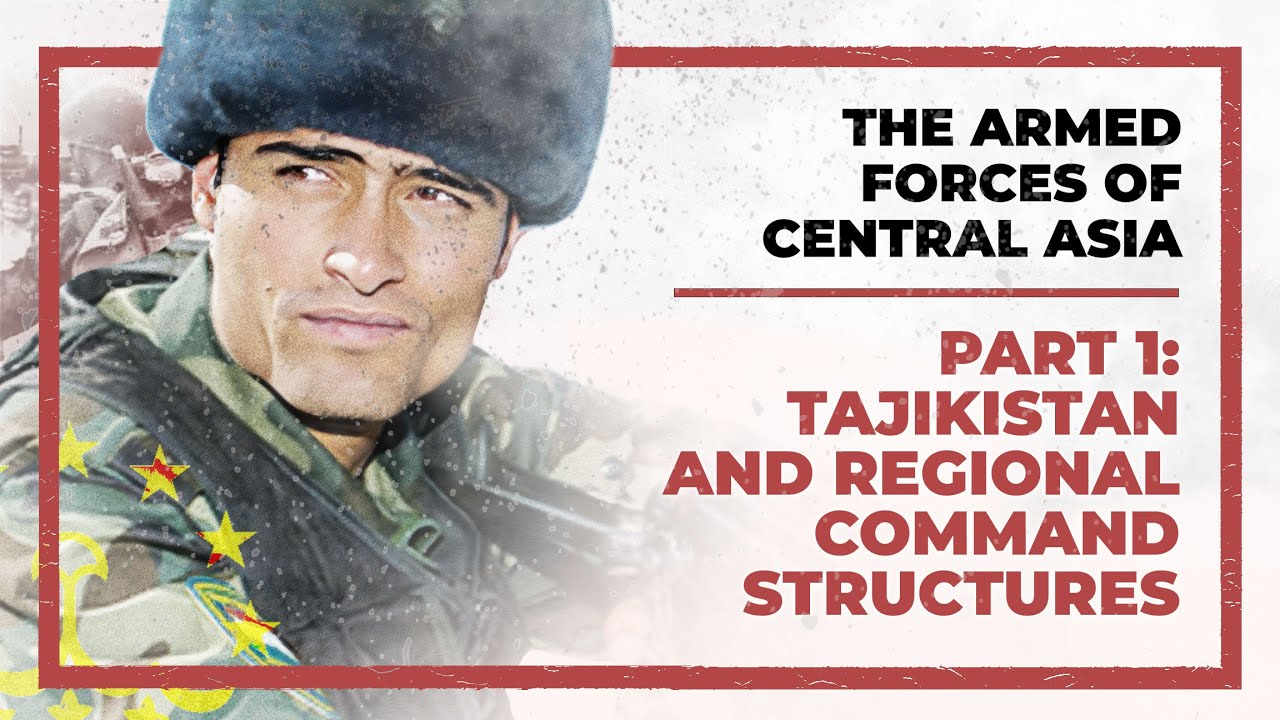News
India’s Defence Budget in Comparison: A Deep Dive into Military Spending

As global tensions rise, many countries are reassessing their defence budgets to prepare for potential conflicts and escalating security needs. This trend is particularly evident in the allocations made by nations like India, China, and Pakistan. In India, the government has dedicated a significant portion of its budget to strengthen its military capabilities in the face of ongoing regional challenges.
For the current fiscal year, the Government of India has allocated approximately ₹5.94 lakh crore, translating to around US $75 billion for defence spending. This represents an increase in allocation, affirming the nation’s commitment to enhancing its military infrastructure and acquiring advanced technology. Interestingly, this budget reflects a 12.9 per cent share of India’s total budget.
Delving deeper into the specifics, the defence budget includes various categories of expenditure. Planned capital acquisitions receive a substantial chunk of the budget at 27.66 per cent. This is designed to ensure that the armed forces are equipped with cutting-edge technology, lethal weapons, and other necessary resources. On the operational side, revenue expenditure—which contributes to the sustenance and operational preparedness—accounts for 14.82 per cent of the budget.
A sizeable portion of this budget also goes toward pay and allowances for military personnel, which makes up around 30.66 per cent. The rest is divided between defence pensions at 22.70 per cent and allocations for civil organisations under the Ministry of Defence, which take up 4.17 per cent of the total budget. These allocations are instrumental in maintaining troop morale and ensuring operational efficiency.
Beyond the numbers, the enhanced budgetary allocation demonstrates India’s commitment to addressing urgent military needs. The Ministry of Defence has indicated that this increase will cater to annual cash outflows related to the planned capital acquisitions necessary for equipping the armed forces with state-of-the-art technology, including fighter aircraft, submarines, and drones.
On the global stage, India is not alone in its efforts to bolster defence spending. In 2024, China has also increased its defence budget, revealing an allocation of 1.66554 trillion yuan, equivalent to approximately $231.36 billion. This marks a 7.2 per cent increase over last year’s defence funding. China’s steady rise in military expenditure, having seen consecutive increases since 2015, coincides with a broader strategy to enhance its military preparedness despite economic challenges.
China’s significant defence budget reflects its ongoing priority in military modernization and strategic expansion, indicating a serious long-term commitment to military capabilities. In stark contrast, neighbouring Pakistan also announced a notable increase in its defence spending for 2024, with an earmarked amount of ₹2,122 billion—up 17.6 per cent from the previous budget.
The recent boost in Pakistan’s military spending is described as the second-largest increase in six years, highlighting its active stance on securing its defence infrastructure amidst regional pressures. However, as reported by Dawn News, a portion of Pakistan’s military funding for nuclear weapons and missile programmes is believed to be concealed within classified budget lines, providing an added layer of complexity to the overall assessment of its military expenditure.
This dynamic regional scenario raises important questions about the implications of increased defence spending among these three nations. As each government seeks to fortify its military, the potential for an arms race looms in the backdrop of their ongoing historical tensions. The strategic calculus among India, China, and Pakistan will likely influence the geopolitical landscape in South Asia in the coming years.
The rising defence budgets of India, China, and Pakistan interlace tightly with the nations’ perceived threats and strategic goals. With each country seeking to enhance its military capabilities, the stage is set for an intricate defence dialogue, regional alliances, and complex international relationships.












